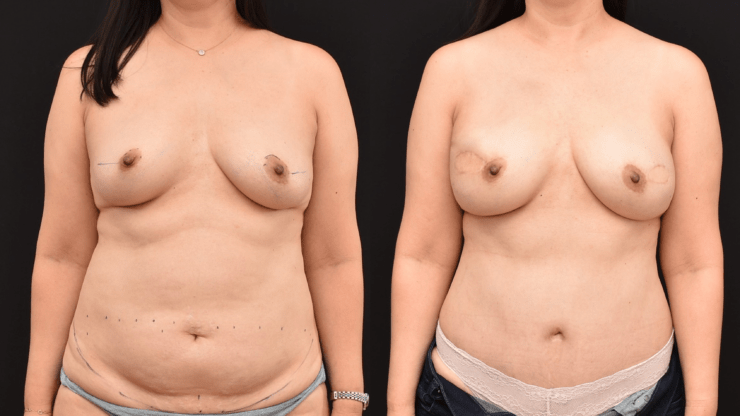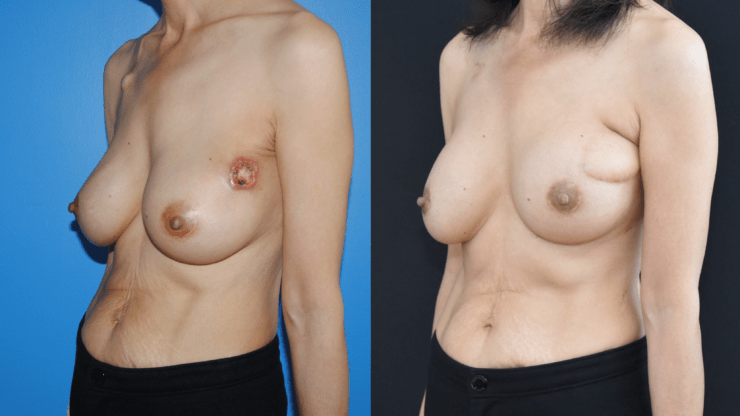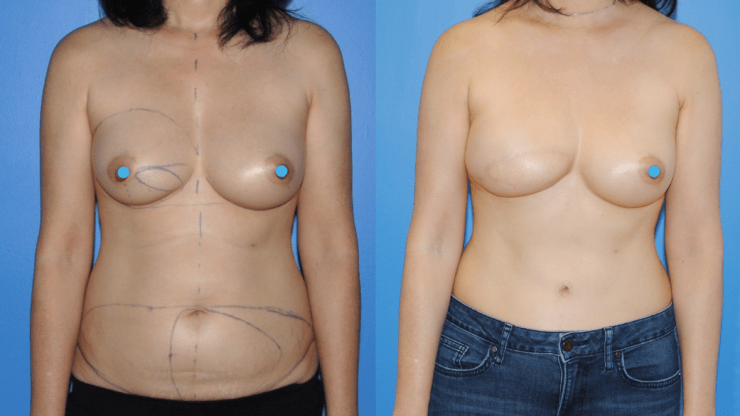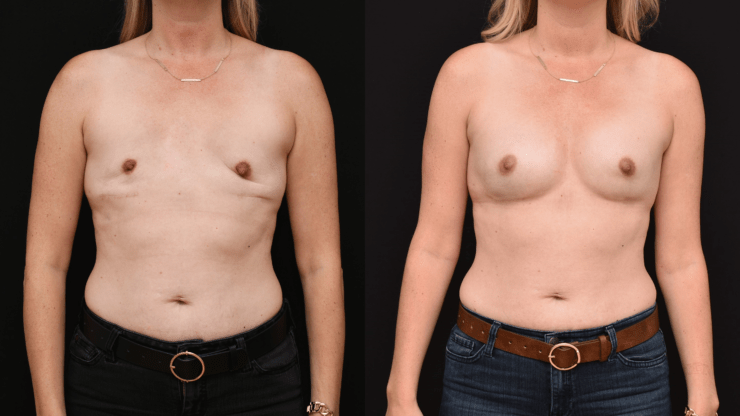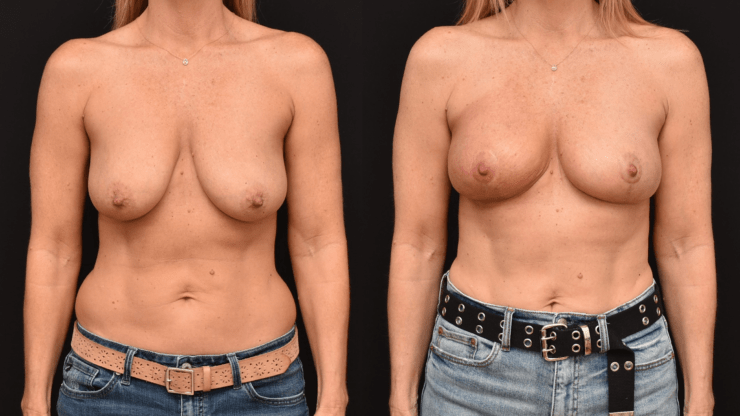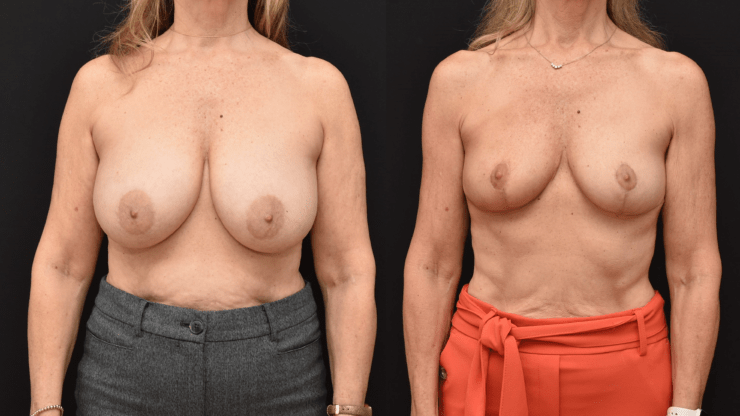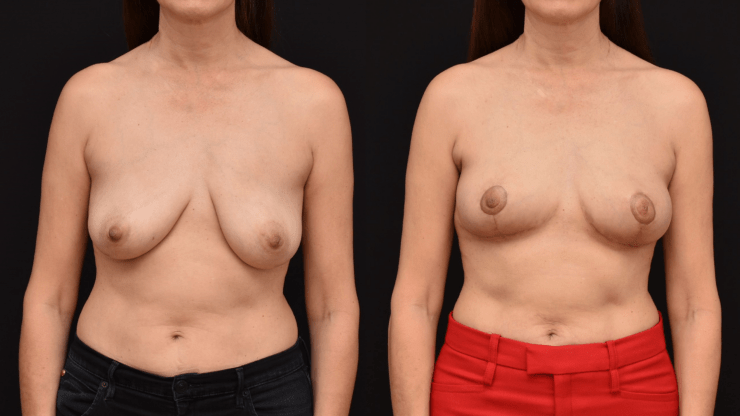Mastectomy Breast Reconstruction is challenging. Mastectomy reconstruction in some patients can involve using the patient’s own tissue rather than implants for breast reconstruction. In the DIEP flap breast reconstruction, the lower abdominal tissue that is usually discarded in a tummy tuck is used to reconstruct the breast. The deep inferior epigastric artery and vein provides the blood supply to the…
